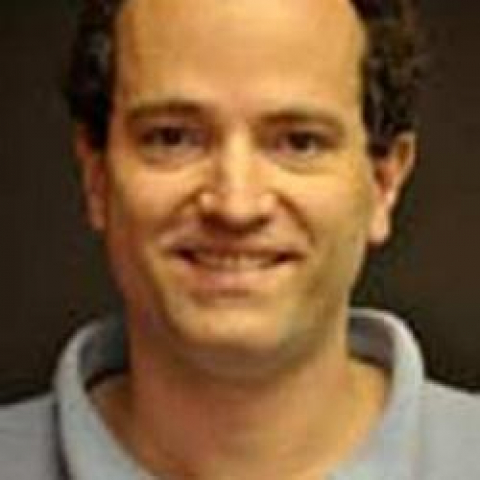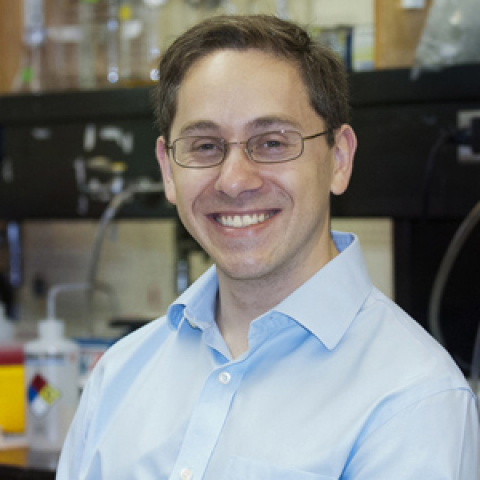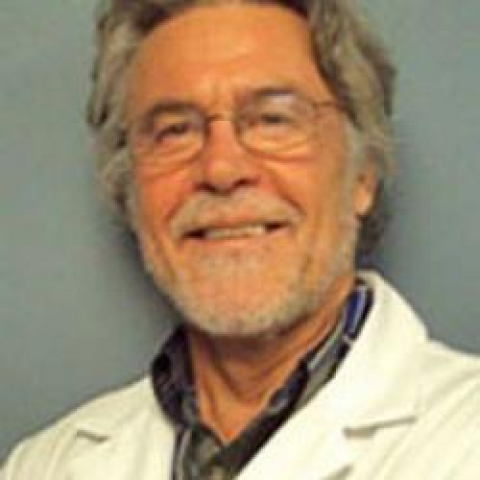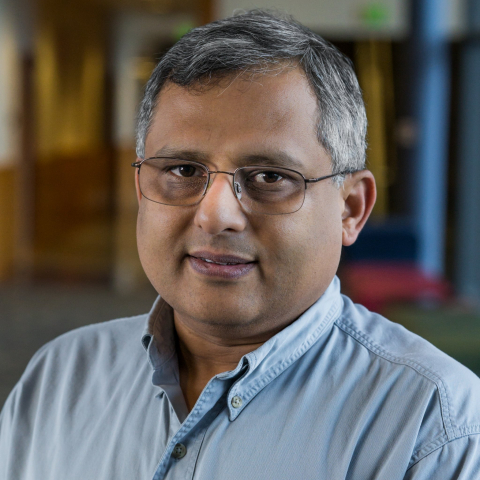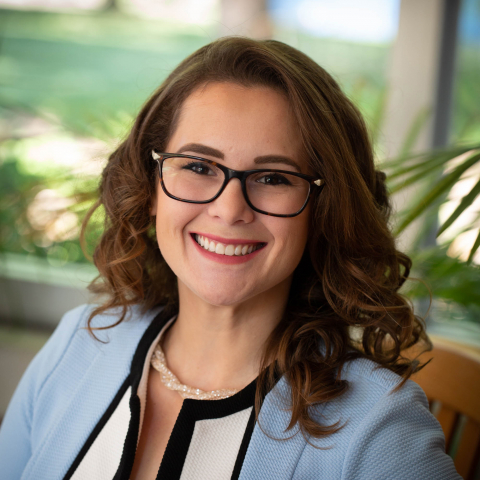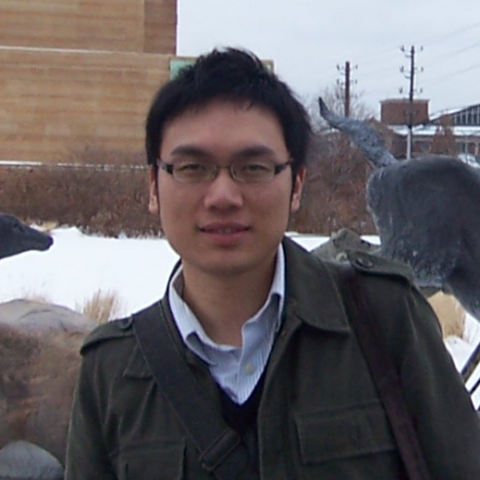24 People Results for the Tag: Proteomics
Timothy McNellis
Associate Professor of Plant Pathology & Environmental Microbiology
Genetics, molecular biology and physiology of plant interactions with phytopathogenic bacteria. Signal transduction events involved in plant disease resistance. Genetic control of plant hypersensitive cell death.
Scott Lindner
Associate Professor of Biochemistry & Molecular Biology, Co-Director, Center for Malaria Research
Our laboratory couples molecular parasitology and structural biology to study the malaria parasite (Plasmodium spp.).
Center for Infectious Disease Dynamics
Howard Salis
Associate Professor of Chemical Engineering; Associate Professor of Agricultural and Biological Engineering
Engineering microorganisms for applications in synthetic biology and metabolic engineering.
Scott Showalter
Professor of Chemistry; Professor of Biochemistry and Molecular Biology
Biophysical Chemistry applied to solution NMR spectroscopy of partially disordered proteins. NMR studies of protein dynamics coupled with computational and theoretical studies of the coupling between nuclear spin relaxation and molecular motion.
Claire Thomas
Associate Professor of Biology and of Biochemistry and Molecular Biology
Roles of the cytoskeleton at the cell membrane in epithelial cells, including issues of cell polarity and adhesion, cell signaling, and morphogenesis.
Semyon Slobounov
Professor of Kinesiology and Neurosurgery
Psychophysiology of human movement.
Donna Korzick
Director of Graduate Training Initiatives; Professor of Physiology and Kinesiology
My research is focused on aging, post-menopausal women, and cardiac ischemia reperfusion injury using animal models. We are particularly interested in the effects of estrogen deficiency on mitochondrial regulation of cell survival following myocardial infarction. Multiple levels of inquiry addressing mitochondrial quality control regulation and immune signaling is emphasized.
Colin Barnstable
Professor and Chair of Neural Behavioral Sciences
How interacting networks of transcription factors and signal transduction molecules guide the development of precursor/stem cells into mature neurons. Role of these networks in neurodegenerative diseases. Factors that can act as neuroprotective agents.
Kumble Sandeep Prabhu
Professor of Immunology and Molecular Toxicology
Molecular mechanisms by which bioactives such as selenium, omega-3 fatty acids, and other products of natural origin alter the host response and immune function in inflammation and cancer
Sinisa Dovat
Professor and Vice Chair for Basic Science Research, Department of Pediatrics; Professor of Biochemistry and Molecular Biology and of Pharmacology
Investigate the role of lymphoid master regulator, IKZF1/Ikaros, in the development of acute lymphoblastic leukemia (ALL); other transcriptional factors in leukemia; CK2 activity; chromatin remodeling; super-enhancers.
Erika Ganda
Emphasis Area Representative, Microbiome Sciences; Assistant Professor of Food Animal Microbiomes
Developing practical ways to leverage the microbiome to improve food safety and improve food production animals' production efficiency.
Center for Infectious Disease Dynamics
Ruobo Zhou
Assistant Professor of Chemistry
Quantitatively and functionally understanding the compartmentalization and spatiotemporal organization of protein-protein and protein-RNA interactions involved in fundamental cell functions as well as in cancer and neurodegenerative diseases.
